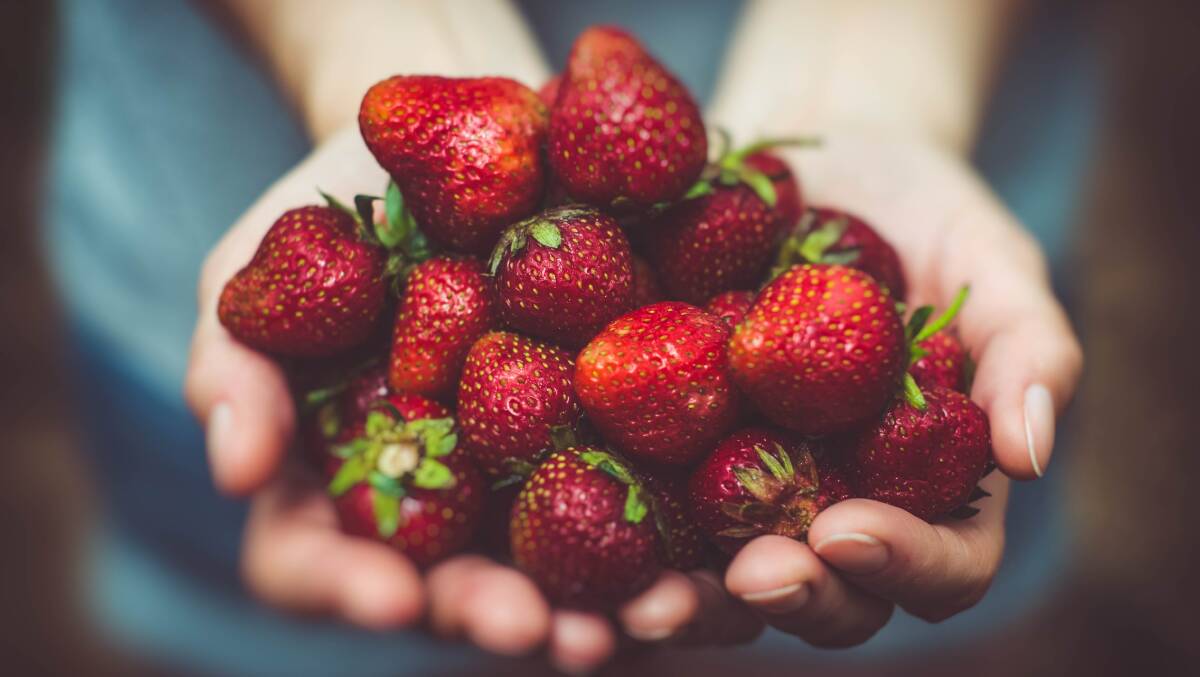Maximising farm produce value through quality packaging

This is branded content.
After months of nurturing your beloved plants from seedlings to bountiful maturity, it's finally time to reap the veggies and fruits of your labour. But before those flawless and juicy crops leave your fields, you'll need to think about this one important thing - how you'll package them. 'Why?' you may ask. Proper packaging can help ensure that your nutritious bounty will arrive at their destination as fresh and delicious as the day they were picked.
In one statistical study, 81% of respondents think about food safety and packaging quality when purchasing food. However, the majority of food packers only use plastic when packing their farm goods or products. To further add, about 46% of the respondents revealed that they weren't aware of the possible toxic or negative effects of using plastic packaging for food and farm produce.
Remember, the materials your farm produce travels in and the innovative packaging materials used all make a significant impact on your produce's safety and quality. This article will further explore and discuss some smart strategies to protect your fabulous veggies and mouthwatering fruits using quality packaging.
1 Selecting packaging materials
The materials used for packaging produce carry ramifications for cost, sustainability, appearance, and protection. Aspects to consider include:
- Strength and durability
Packaging must shield produce from compression damage and impacts from hauling, storage, and handling. You can check for crates, bags, and durable timber boxes from Safe Pack or other reputable packaging providers to protect your farm produce from spoilage and bruises.
- Gas permeability
Letting gases like oxygen and ethylene escape can delay ripening and aging. Using micro-perforated, non-porous films or liners can help control the internal atmosphere.
- Water resistance
It's a known fact that water can lead to the quick decay of your produce. Thus, it's recommended to use waterproof yet breathable barrier materials like plastics and waxes to retain optimum moisture levels.
- Eco-friendliness
As per studies, about 40% of farm produce uses plastic packaging. And since most of these materials are disposed of the same year they're produced, they contribute to the large volume of significant solid waste issues worldwide. Thus, look for biodegradable, recyclable, plant-based, or recycled materials to minimise your farm company's waste footprints.
Overall, choosing packing materials that focus on product care brings the best rewards for your crops and wallet.
2 Adopting new packaging tech and design
The ongoing production of technical innovations and creative packaging solutions has added more convenience, efficiency, and protection for your farm produce.
For instance, modified atmosphere packaging lets you control the air around your farm products to slow down spoilage. With this innovative packaging solution, you can protect your produce from mould growth.
Another innovation in packaging design you can use is sensor technologies. These allow you to easily monitor time and temperature exposure or instances of physical trauma during transit, making it easier to create dynamic routing or marketing decisions. You can also automate packing procedures through robotic armature-assisted loading to bolster speed and efficiency and facilitate custom containers to immobilise fragile contents.
3 Improving distribution practices
You may now have packed your juicy and fresh farm produce with high-tech boxes and cool atmosphere-controlled containers, but the journey isn't over yet. You still need to haul them to stores and restaurants in one flawless piece. Distribution is key for those crates of farm produce to arrive as fresh as when you picked them.
Temperature control is a huge and important factor during the distribution process. Refrigerated transport and storage help put your crops into low-temperature hibernation, avoiding spoilage. Special handling is also equally important. Air freight climate control or foam-lined ins can help keep your farm produce in place and provide cushion during bumpy journeys.
Additionally, consider investing in GPS tracking or barcode scanning and using them at every stop. These give you total visibility on where your potatoes and cucumbers are and how long until delivery. You can reroute if there are delays that might compromise their freshness, too. Fancy analytics can help you predict risks before they even happen.
4 Creating an attractive packaging for presentation
While protection during packaging, shipping, and distribution is critical, an eye-catching presentation can be powerful, too, when it comes to pleasing customers and earning top dollar for your farm crops.
Think about walking through the product aisle of farm produce at a grocery store. What could draw your attention first? Would it be the apples loosely displayed in the boxes or the oranges beautifully arranged in a smart wooden crate? Would it be the fruit packed in plastic wrap or those fruits encased in a premium-quality net bag with your farm's logo? Small touches like material type, quality, colours, and labelling can make a difference in perceived quality.
5 Building brand reputation
At the end of the day, investing in quality packaging isn't only about protecting your farm produce but also about building and maintaining a good brand reputation. When you use high-quality packaging and incorporate branding elements like colours, logos, and taglines onto your packaging, farmers like you can establish a unique and recognisable brand identity that'll make shoppers easily remember you.
So, when incorporating quality packaging, be sure to stay consistent with its quality and branding to increase brand recall and customer loyalty.
The bottom line
Overall, quality packaging is a vital consideration for farmers or farming companies looking to maximise the value of their farm produce. It can enhance your produce's freshness, shelf life, distribution safety, and visual presentation. And remember, effective packaging isn't merely a means of farm produce protection but also a powerful tool for establishing strong brand presence in the market.


